"Taj, forts, and old bazaars"
Golden Triangle India Tourism
The Golden Triangle, a popular tourist circuit in India, encompasses three of the country's most iconic cities: Delhi, Agra, and Jaipur. This triangular journey, marked by roughly equidistant points on the Indian map, promises a rich tapestry of history, culture, and architectural marvels. Spanning the northern plains of India, this route provides a comprehensive glimpse into the nation's regal past, colonial influences, and diverse heritage.
Starting in Delhi, the nation's capital, travelers are introduced to a city that is a melting pot of eras. Ancient landmarks like the Qutub Minar and Red Fort, representing India's rich historical past, coexist with modern infrastructures and establishments, reflecting the city's rapid growth and cosmopolitan spirit. Delhi, with its bustling markets such as Chandni Chowk, sprawling gardens like the Lodhi Gardens, and impressive boulevards around India Gate, paints a picture of vibrant colors, historical significance, and evolving modernity.
A short drive southeast leads to Agra, the city that houses the world-renowned Taj Mahal. This monument, an epitome of love built by the Mughal Emperor Shah Jahan for his beloved wife Mumtaz, stands as a testament to the grandeur of the Mughal era. But the city isn't just about this iconic marble mausoleum. The Agra Fort, a UNESCO World Heritage site, and the nearby Fatehpur Sikri, the erstwhile Mughal capital, further showcase the architectural and historical richness of the region.
The final vertex of the triangle, Jaipur, is the vibrant capital of the desert state of Rajasthan. Often referred to as the 'Pink City' due to the dominant color scheme of its buildings, Jaipur is a mesmerizing blend of palatial structures, royal heritage, and bustling bazaars. The Amber Fort, City Palace, and Jantar Mantar observatory are just a few of the many attractions that beckon visitors. The city's colorful festivals, traditional handicrafts, and folk performances offer a delightful insight into Rajasthani culture and traditions, rounding off the Golden Triangle experience with a flourish of color and charisma.
Things to do in Golden Triangle India
1. Taj Mahal, Agra - A Monumental Ode to Love

Timings : Opens 30 minutes before sunrise and closes 30 minutes after sunset
Closed on Friday
Every Friday Taj Mahal is only accessible to practising Muslims to attend the prayers in the afternoon
Entry Fee : Indian Citizens and Visitors from SAARC countries: INR 50
Citizens of SAARC and BIMSTEC Countries: INR 540
Foreign Visitors: INR 1100
(Additional INR 200 for every tourist who wishes to enter the mausoleum)
Entry is free for all children below 15 years
2. Qutub Minar, Delhi

Timings : 10:00 AM - 5:00 PM. Qutub Minar remains open for tourists all days except Sunday
Entry Fee : Indians, SAARC and BIMSTEC: INR 40,
Foreign tourists: INR 600
Children up to 15 years: Free with valid ID
3. City Palace, Jaipur, Jaipur

Timings : 9:30 AM - 5:00 PM
Entry Fee : Adult- Indian: INR 100, Foreigner: INR 400 Child- Indian: INR 50, Foriegner: INR 250
4. Amer Fort, Jaipur

Timings : 9:00 AM - 6:00 PM
Light Show timings: English: 7:30 PM, Hindi: 8:00 PM
Entry Fee : Indian National: INR 25,
Students: INR 10,
Foreign Nationals: INR 200
Elephant Ride for two at Amer Palace: INR 900
5. Hawa Mahal, Jaipur

Timings : 9:00 AM - 4:30 PM
Entry Fee : Indian Tourists: INR 50 per head
Foreign Tourists: INR 200 per head
6. Agra Fort, Agra - An Epitome of the Mughal Dynasty

Timings : Sunrise to Sunset
Entry Fee : Indians: INR 40
Foreigners: INR 550
Entry for children (below 15 years): Free
Entry to Agra Fort is allowed only through the Amar Singh Gate
7. Jantar Mantar Jaipur, Jaipur

Timings : 9:00 AM - 4:30 PM
Entry Fee : Indians: INR 40, Students : INR 15, Foreigners: INR 200
8. Red Fort, Delhi

Timings : 7:00 AM - 5:30 PM, Except on Mondays
Entry Fee : Indian Citizens, citizens of SAARC and BIMSTEC nations: INR 10, Other foreigners: INR 250, No fees for children below the age of 15
9. India Gate, Delhi

10. Jama Masjid Delhi, Delhi

Timings : All days of the week: 7:00 AM - 12:00 PM, 1:30 PM - 6:30 PM
Non-muslim 8:00 AM - 30 minutes before sunset
Minaret 9 AM - 5.30 PM
Entry Fee : Photography INR 200; Tower INR 100.
11. Humayun's Tomb, Delhi

Timings : 10:00 AM - 06:00 PM
Entry Fee : Indians - INR 10, Foreigners - INR 250. Video filming - INR 25, Photography - Free
12. Fatehpur Sikri, Agra - The Pride of Mughal Empire

13. Jal Mahal, Jaipur

Timings : 6:00 AM - 6:00 PM
Entry Fee : Free
14. Itimad-ud-daulah's Tomb, Agra

Timings : 8:00 AM - 12:00 AM
Entry Fee : Indian Adults: INR 30
SAARC/BIMSTEC Adults: INR 30
Foreign Adults: INR 310
Children (below 15 years): Free
More on Golden Triangle India Travel
Travel Tips for Visiting the Golden Triangle
Weather and Clothing: The Golden Triangle can experience extremes in weather. It's sweltering in the summer, cold in the winter, and monsoon rains can be heavy. Dress accordingly. In religious places, modest attire is advised – this often means covering the shoulders and legs.
Health and Safety:
- Drink bottled water only. Avoid tap water and ice in drinks.
- Beware of tampered mineral water scams, always check if the bottled water is sealed and has a manufacturing date. Do not buy bottled water if you’re unsure of its authenticity.
- Street food, while delicious, can sometimes lead to stomach issues for tourists. Consume it from reputable vendors or places that are busy with locals.
- Vaccinations like Typhoid, Hepatitis A and B, and Tetanus are recommended for most travelers to India.
Bargaining: In local markets and with street vendors, bargaining is the norm. It's expected and can be part of the shopping experience. However, always be polite and know when to walk away.
Currency: The Indian Rupee (INR) is the official currency. ATMs are widespread, but it's good to carry some cash, especially in smaller towns or when shopping in local markets.
Cultural Etiquette:
Indian customs and etiquettes can be different. A handshake might not be the usual greeting; instead, the traditional "Namaste" (palms pressed together with a slight bow) is common.
Public display of affection is frowned upon, especially in more conservative areas.
Tourist Scams: Be cautious of common tourist scams like being told an attraction is closed, or being taken to overpriced shops. Research in advance and trust official sources.
Timings: Many tourist attractions, especially religious sites, have specific visiting hours. Also, some places might be closed on certain days of the week, so it's essential to plan accordingly.
Accommodation: The Golden Triangle offers a range of accommodations from luxury hotels to budget stays. Booking in advance is advisable, especially during peak tourist season.
Local SIM Card: It's a good idea to get a local SIM card for easy communication. Ensure your phone is unlocked to use it in India.
Language: Hindi and English are commonly spoken in all three cities. English is widely understood in tourist areas, hotels, and among service providers.
Cultural Attractions: Respect cultural norms, especially when visiting religious sites. This may include removing shoes or covering the head.
Remember, while the Golden Triangle offers a glimpse into India's rich history and cultural diversity, it's also a region teeming with modernity and change. Approach your visit with an open mind, respect for local customs, and a sense of adventure.
Golden Triangle with Varanasi: An 8-Day Itinerary
- Morning to Afternoon:Arrival at Indira Gandhi International Airport, Delhi.
- Transfer to hotel using a pre-booked cab.
- Rest and acclimate to the time zone.
- Evening:Explore India Gate and the surroundings.
- Dinner at a local restaurant offering traditional North Indian cuisine.
- Morning:Visit the Red Fort.
- Explore Chandni Chowk and Jama Masjid.
- Enjoy a rickshaw ride in Old Delhi.
- Afternoon:Visit Qutub Minar and Humayun’s Tomb.
- Lunch at a local cafe.
- Evening:Shopping at Dilli Haat or Connaught Place.
- Overnight stay in Delhi.
- Morning:Breakfast at the hotel.
- Take the Gatimaan Express (12050) from New Delhi to Agra.
- Afternoon:Visit Agra Fort.
- Lunch at a rooftop restaurant with a view of the Taj Mahal.
- Evening:Visit the Taj Mahal during sunset.
- Overnight stay in Agra.
- Morning:Breakfast at the hotel.
- Drive to Jaipur. En route, visit Fatehpur Sikri.
- Afternoon:Arrive in Jaipur.
- Check-in and lunch at the hotel.
- Evening:Explore the local bazaars of Jaipur.
- Overnight stay in Jaipur.
- Morning:Visit Amber Fort. Enjoy an elephant ride up the fort.
- Afternoon:Lunch at a local restaurant.
- Visit City Palace, Jantar Mantar, and Hawa Mahal.
- Evening:Explore the vibrant markets of Jaipur.
- Overnight stay in Jaipur.
- Morning to Afternoon:Flight from Jaipur to Varanasi (Direct flights might be limited; connecting flights through Delhi are common).
- Check-in at Varanasi hotel.
- Evening:Attend the Ganga Aarti at Dashashwamedh Ghat.
- Explore the local markets.
- Overnight stay in Varanasi.
- Early Morning:Boat ride on the River Ganges.
- Explore the ghats.
- Morning to Afternoon:Visit Kashi Vishwanath Temple, Sankat Mochan Hanuman Temple, and Durga Temple.
- Lunch at a traditional eatery.
- Evening:Explore Sarnath, where Buddha gave his first sermon.
- Overnight stay in Varanasi.
- Morning:Breakfast at the hotel.
- Last-minute shopping or exploration if time permits.
- Afternoon:Flight from Varanasi's Lal Bahadur Shastri Airport to your next destination or home.
This itinerary is a blend of history, culture, and spirituality.
Golden Triangle India Itinerary:The Essential Delhi - Agra - Jaipur Tour
Day 1: Arrival in Delhi
Destination: Delhi- Arrive at Indira Gandhi International Airport, Delhi. Pre-booked taxis or airport shuttles are readily available to take you to your hotel.
- Transfer to your hotel and check-in.
- Rest and acclimatize to kickstart your Golden Triangle journey.
- Evening stroll in the nearby market to get a feel of the city.
- Overnight stay in Delhi.
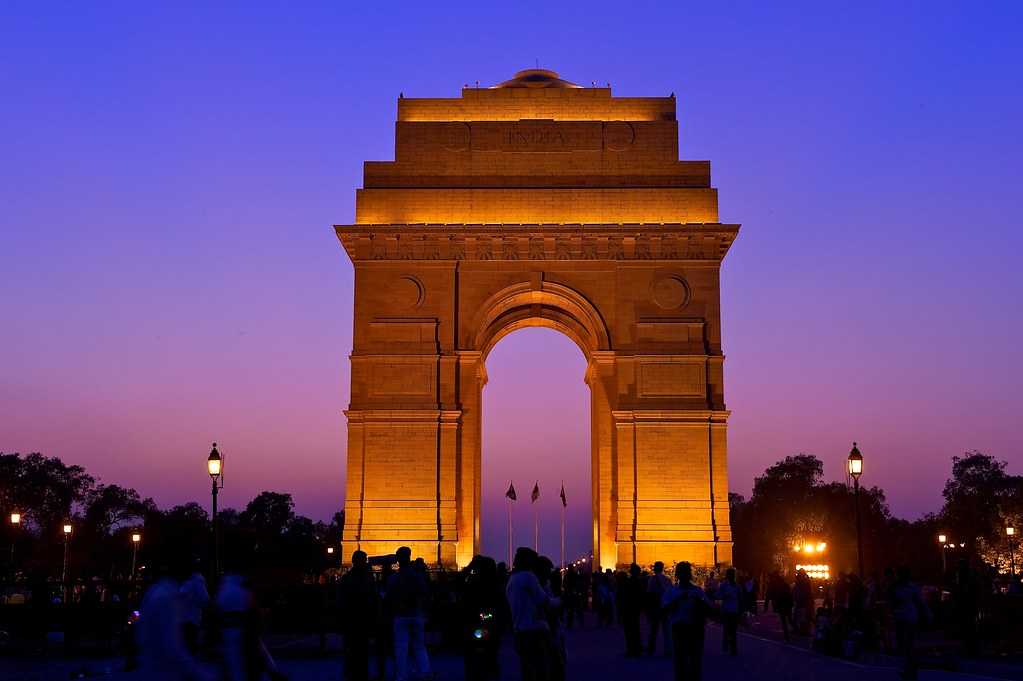
Day 2: Dive into Delhi's Heritage
Destination: Delhi- Begin with a hearty breakfast. Utilize pre-booked taxis, auto-rickshaws, or Delhi Metro for city sightseeing.
- Embark on a guided tour covering iconic sites: Red Fort, India Gate, Lotus Temple, Qutub Minar, and Humayun's Tomb.
- Enjoy local cuisine in Chandni Chowk.
- Time permitting, visit Raj Ghat or the President's House.
- Overnight stay in Delhi.
Day 3: A Date with Mughal Elegance
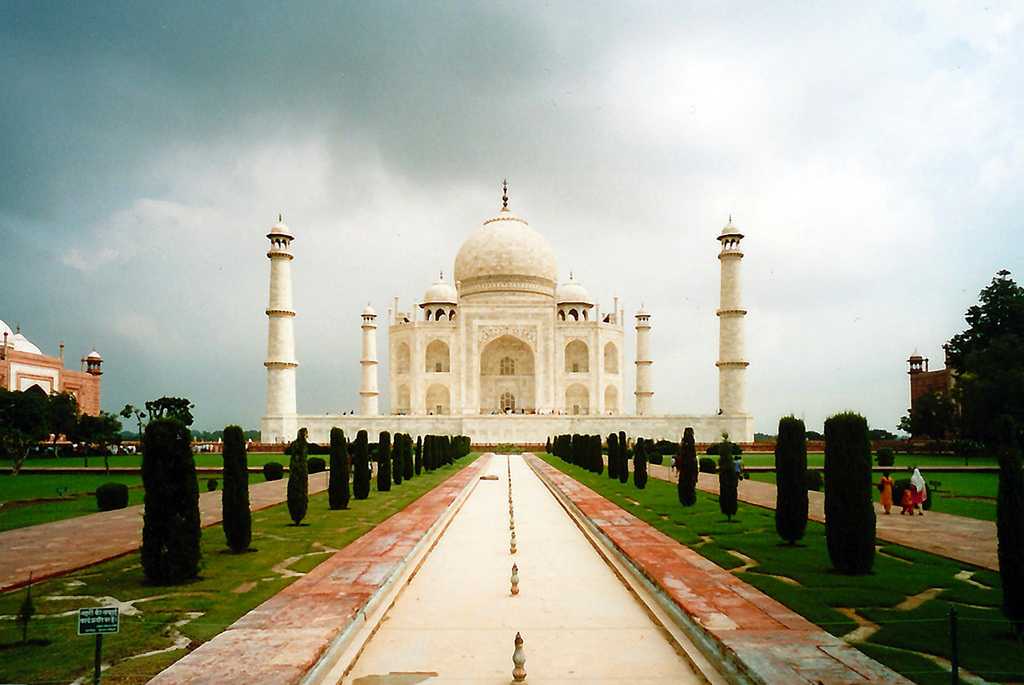
Destination: Agra- Early morning train from New Delhi Railway Station to Agra Cantt or a drive via the Yamuna Expressway (3-4 hours).
- Check into your hotel and freshen up.
- Visit the grand Agra Fort.
- Experience the mesmerizing sunset view at Taj Mahal.
- Explore local markets for handicrafts.
- Overnight stay in Agra.
Day 4: Jaipur: The Pink City Awaits
Destination: Jaipur- Morning departure to Jaipur.
- Explore Fatehpur Sikri, the historic Mughal city.
- Continue drive to Jaipur and check into your hotel.
- Relax and perhaps venture to Chokhi Dhani for a traditional Rajasthani dinner.
- Overnight stay in Jaipur.
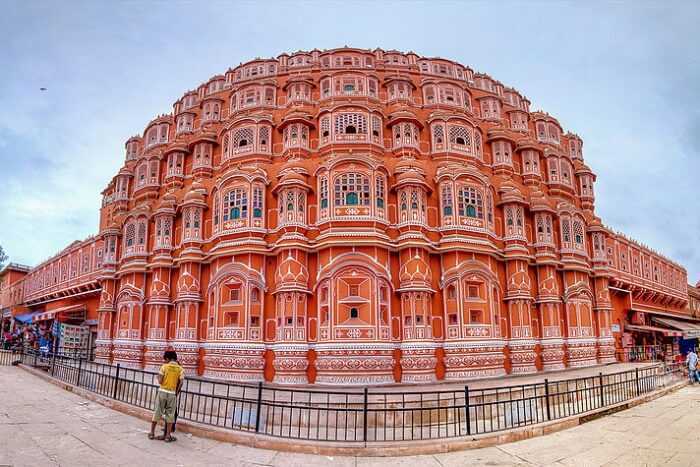
Day 5: The Royal Jaipur Expedition
Destination: Jaipur- Begin with a traditional Rajasthani breakfast.
- Guided exploration of Amber Fort, (opt for an elephant ride to the top)
- Visit the architectural wonders: Hawa Mahal, and City Palace.
- Take a rickshaw ride in the bustling Bapu Bazaar
- Visit the Jantar Mantar observatory or the Jal Mahal.
- Optional: Sunset view at Nahargarh Fort.
- Overnight stay in Jaipur.
Day 6: Farewell and Departure
Destination: Delhi- Morning train from Jaipur Railway Station to New Delhi or a drive via NH48.
- Last-minute shopping or sightseeing at Dilli Haat or Janpath, depending on your flight/train schedule.
- Proceed to the airport/railway station for your onward journey.
- Depart with cherished memories of the Golden Triangle!
Get Customized Golden Triangle Tour Packages
India Golden Triangle Tour Itinerary with Amritsar, Varanasi, Ranthambore, Kochi & Alleppey
Delhi: The Heart of India (Days 1-4)
Day 1: Dive into history with visits to India Gate, Red Fort, Raj Ghat, Humayun’s Tomb, and Qutub Minar.Day 2: Spiritual encounters at the Lotus Temple and Akshardham Temple, followed by Jama Masjid. Spend the evening shopping and tasting diverse cuisines at Dilli Haat.
Day 3: Bumpy rickshaw ride through Chandni Chowk. Let the evening resonate with an Indian classical music concert.
Day 4: Engage with history at city museums and indulge in shopping at Sarojini Nagar. Catch the evening train for Agra.
Agra: Mughal Grandeur (Days 5-7)
Day 5: Marvel at the Taj Mahal's splendor, roam the Agra Fort, and relish "Mohabbat-the-Taj" show.Day 6: Explore Fatehpur Sikri, and dive deep into local craftsmanship at marble handicraft workshops.
Day 7: Embark on a train journey back to Delhi, then catch a flight to the sacred city, Amritsar.
Amritsar: The Punjabi Essence (Days 8-10)
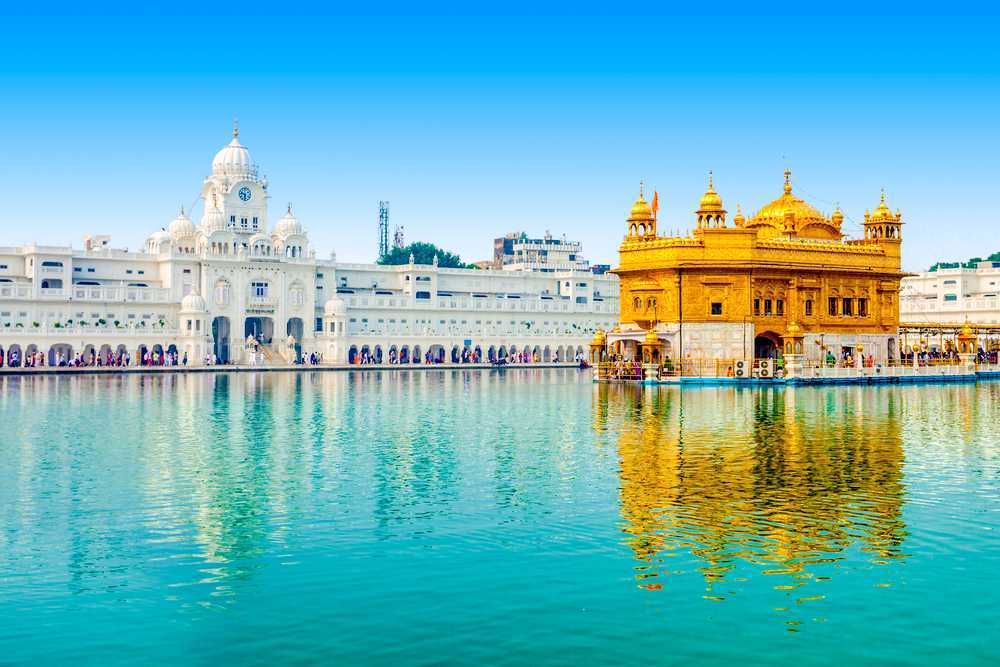
Day 8: Experience serenity at the Golden Temple and remember history at Jallianwala Bagh.Day 9: Engage in the spirited Wagah Border ceremony and later visit Ram Bagh.
Day 10: Dive into Amritsar's streets, indulge in Punjabi cuisine, and enjoy a Giddha or Bhangra performance.
Varanasi: Where Spirituality Meets Culture (Days 11-13)
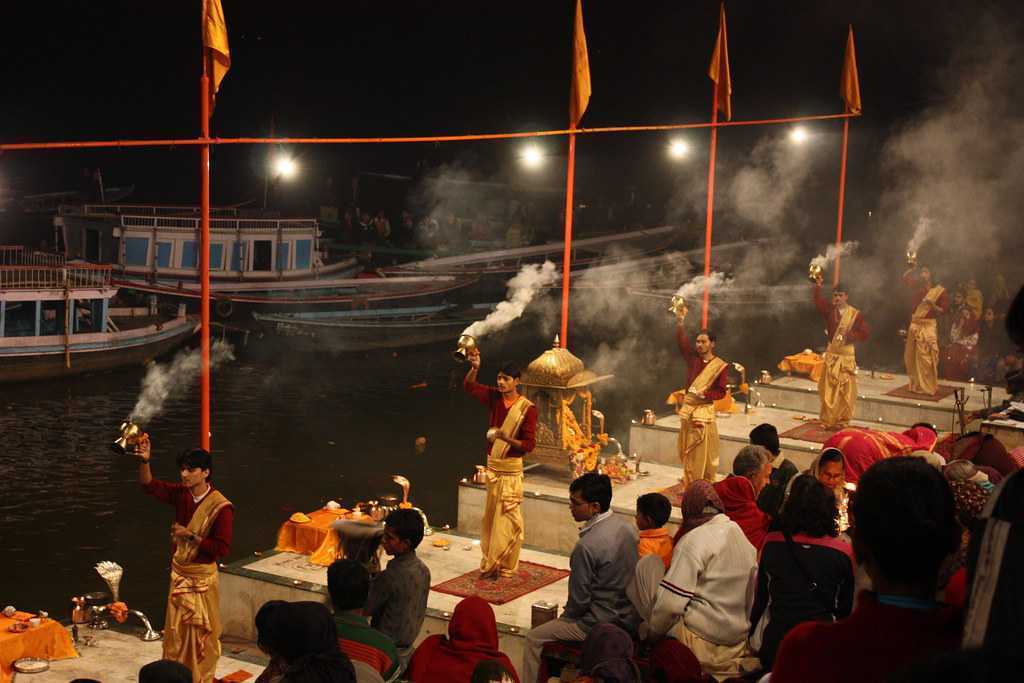
Day 11: Fly from Amritsar, experience the divine Ganga aarti upon arrival.Day 12: Refresh with a morning boat ride, followed by a spiritual journey to Sarnath.
Day 13: Discover local markets and the exquisite Banarasi silk sarees.
Jaipur: The Pink City Chronicles (Days 14-16)
Day 14: Flight to Jaipur. Immerse in Rajasthani architecture with visits to Amer Fort, City Palace, and Jantar Mantar.Day 15: Traverse local markets, seeking Rajasthani crafts, and enjoy a traditional Ghoomar performance.
Day 16: Admire the architecture of Hawa Mahal, Jal Mahal, and Birla Mandir.
Ranthambore: Wild and Cultural (Days 17-19)
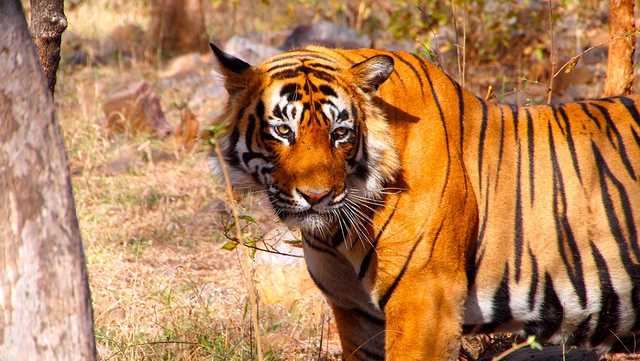
Day 17: Commence your road/train journey.Day 18: Adventure awaits with an expedition in Ranthambore National Park.
Day 19: Step into history at Ranthambore fort, explore local communities, and visit Kachida Valley.
Kochi: The Coastal Retreat (Days 20-21)
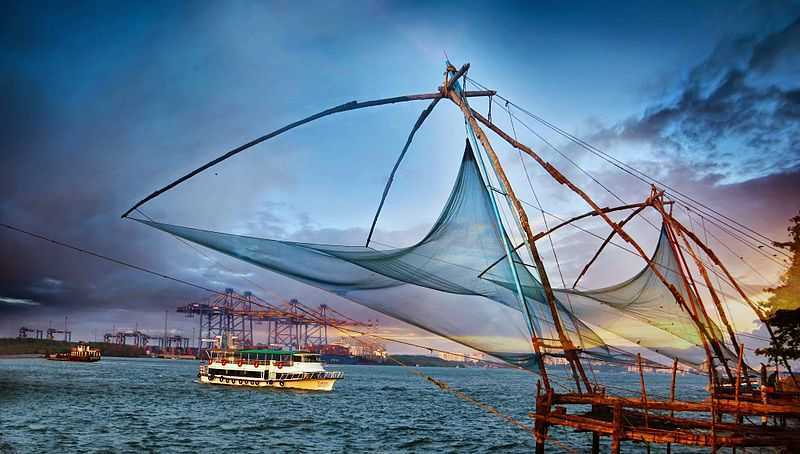
Day 20: Fly to Kochi and unwind at the beach.Day 21: Discover Fort Kochi, the art cafes, and the spice-rich markets. Complete your day with a Kathakali performance post a ferry ride to Vypeen Island.
Alleppey: Cruise and Culture (Days 22-23)
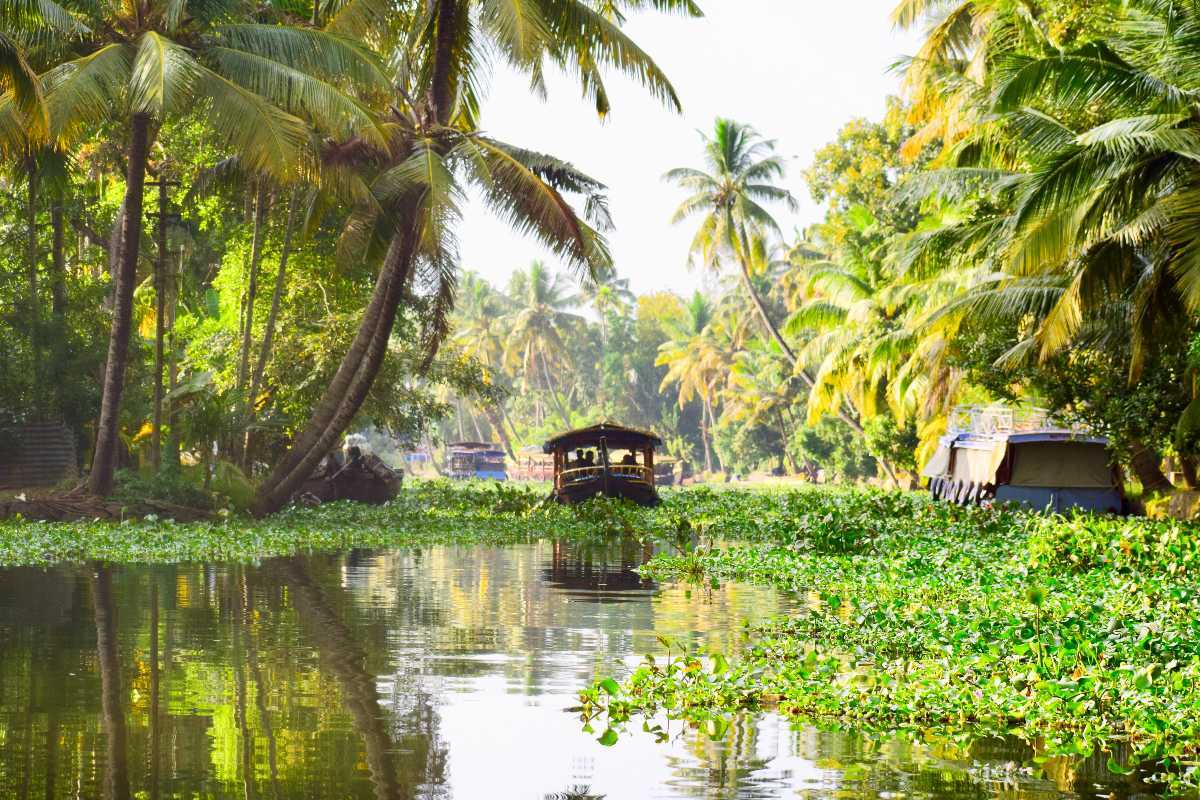
Day 22: A scenic drive to Alleppey, followed by a serene houseboat cruise.Day 23: Explore local village life and end your day with a rejuvenating ayurvedic session.
Farewell (Day 24)
Travel back to Kochi, and fly from Kochi to Delhi.As your journey culminates, prepare for your departure from Delhi, carrying a mosaic of memories.